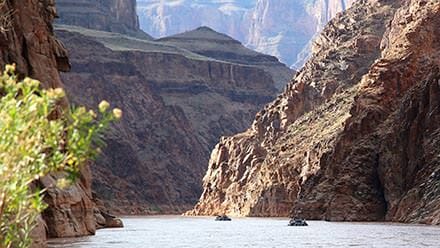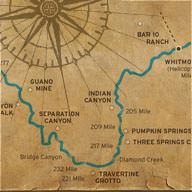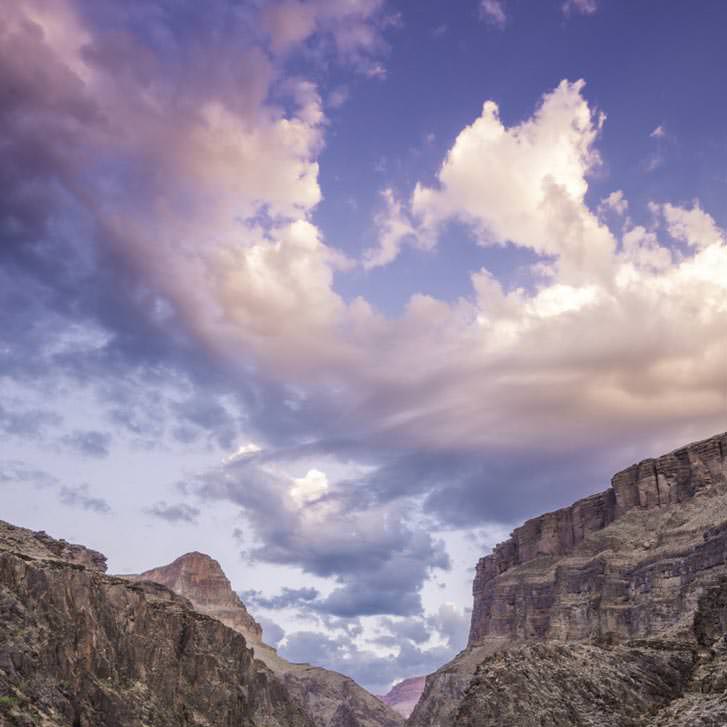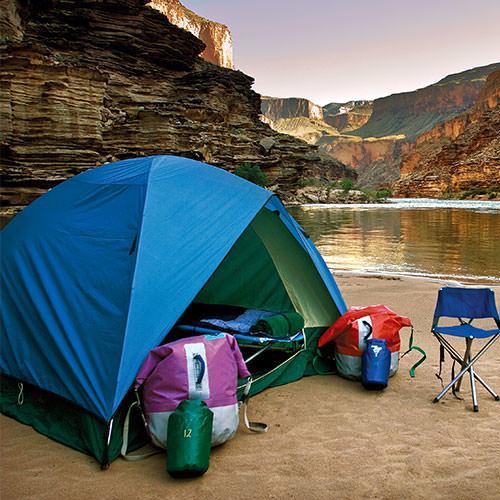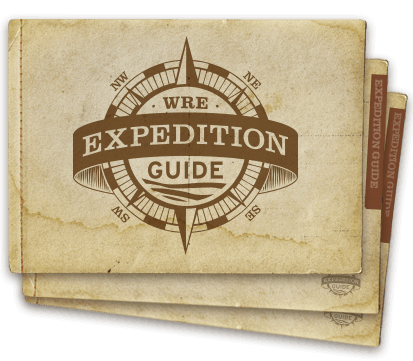Mile 98 - Crystal Rapid
Before 1966, all that existed at the mouth of Crystal Creek was a minor riffle. However, during December of 1966 a monumental flash flood of rain and melted snow tore through the canyon spilling enormous amounts of sediment, rock, boulders, and other debris into the river. The flood, which wiped out 1,000 year old archaeological sites, left a monstrous rapid in its wake.

